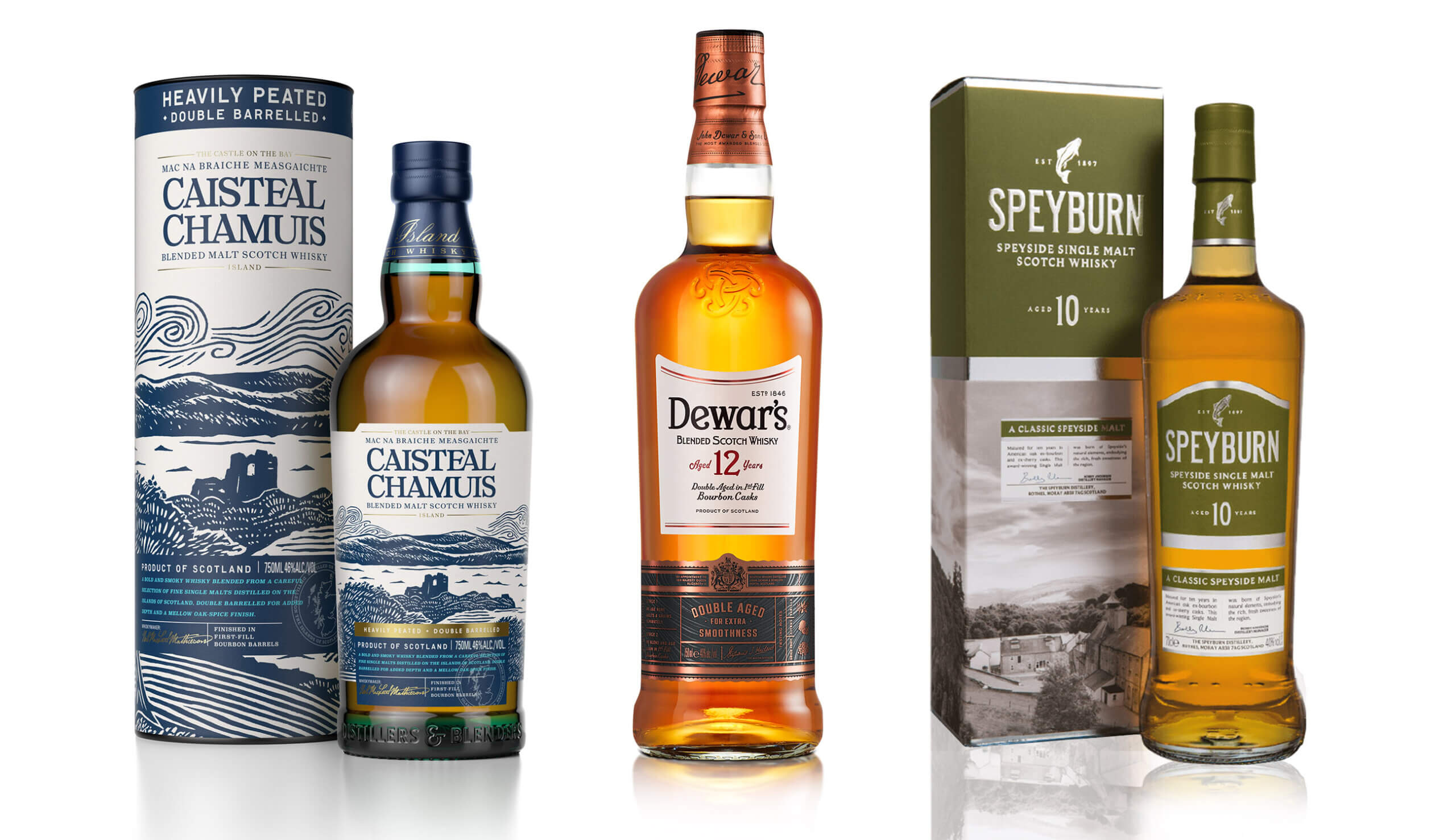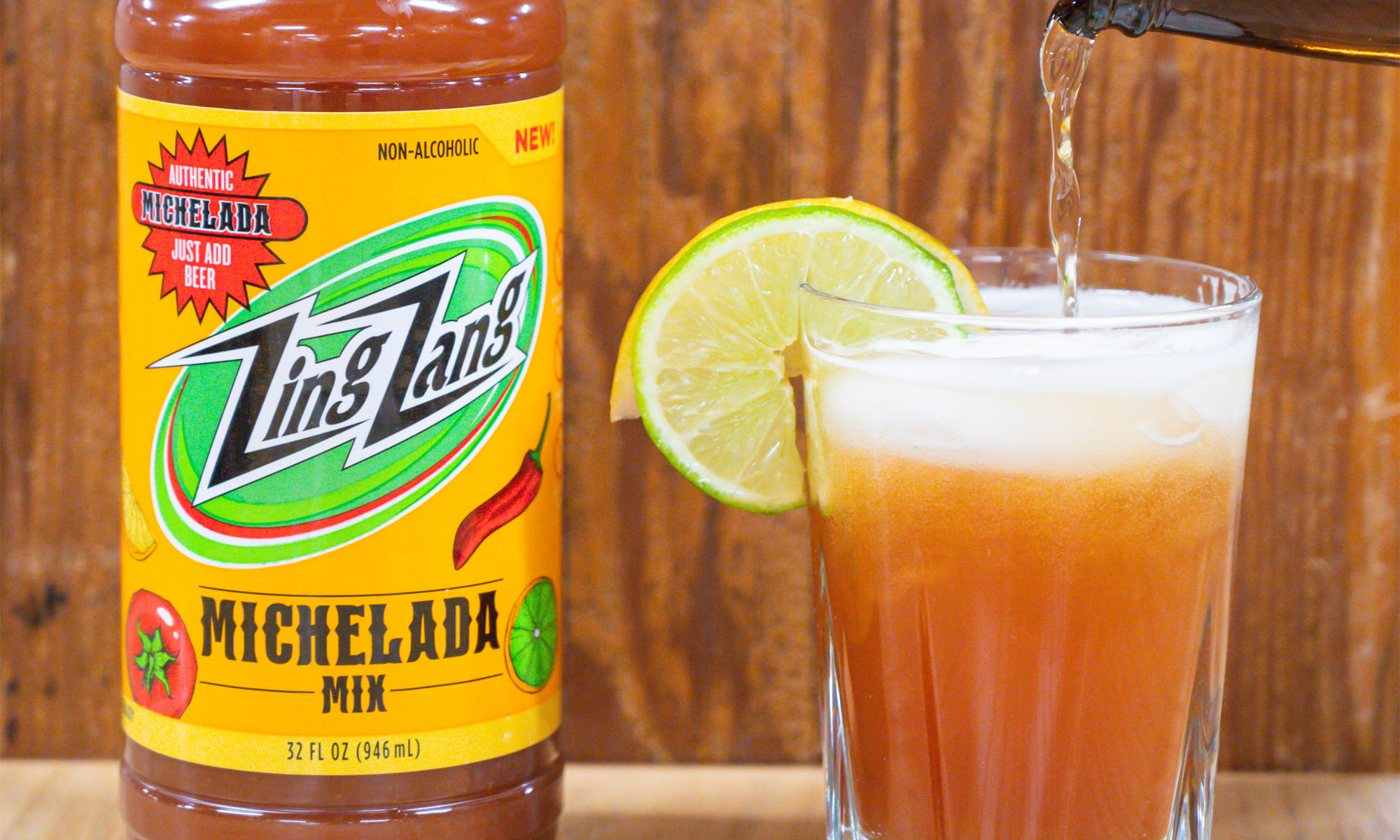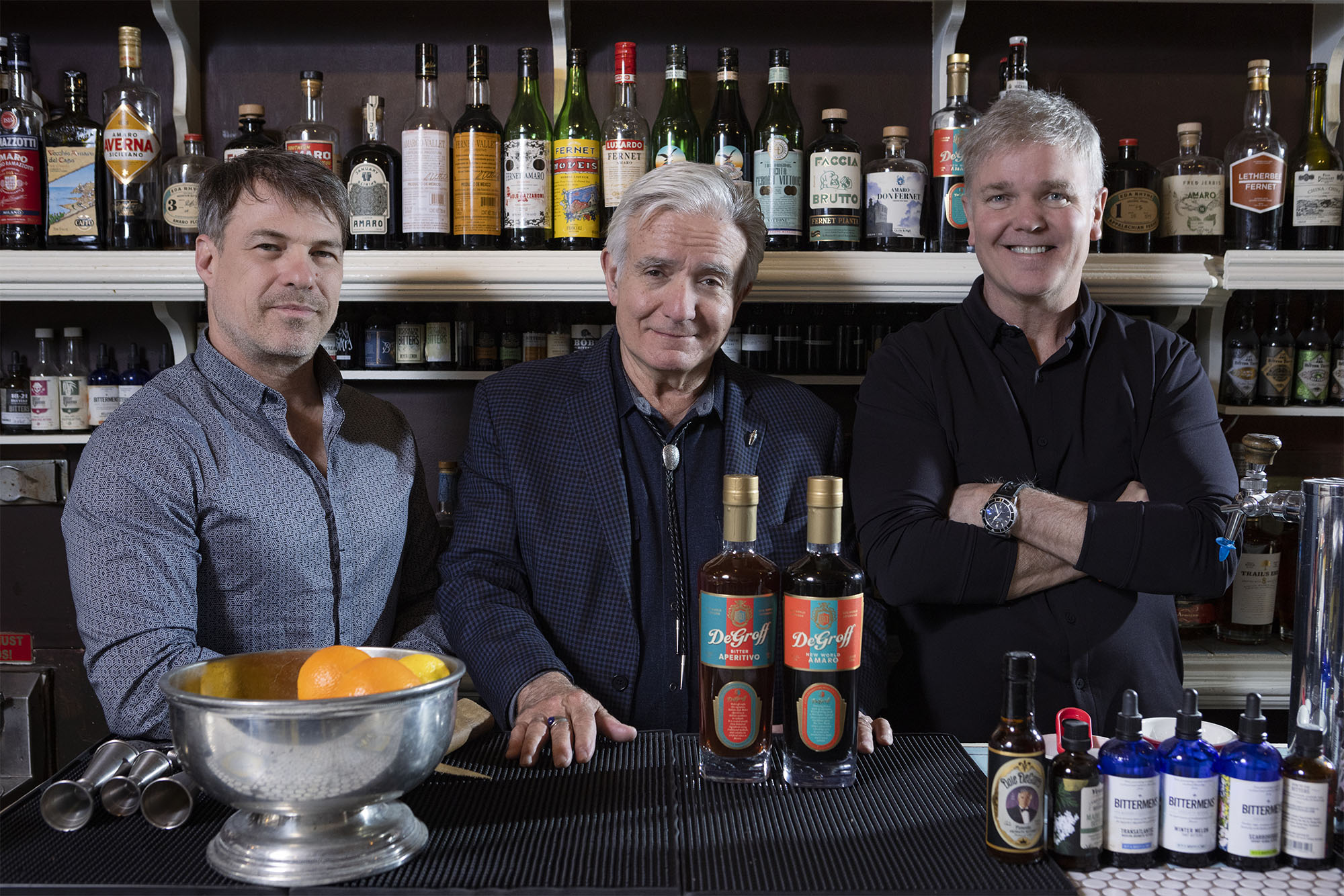Sotol: What Bartenders Should Know about this Mexican Spirit
By Victoria Cece
There’s Mexican spirit out there that deserves some major limelight. It’s sotol, and 3 Badge Beverage president August Sebastiani and his team want the world to know all about it.
Before you think this is just another agave spirit—think again.
Hailing from Northern Mexico, sotol is a spirit that isn’t derived from the agave plant like its Southern Mexican spirit brethren. It’s made with sotol, scientifically known as dasylirion, a genus of plants that is strangely enough part of the asparagus family and more closely related to the succulents on your windowsill.
With sotol comes an opportunity to step up your cocktail game. Sotol offers a pathway to express a new side of Mexican culture, taking bar guests on a journey through the indigenous history of Northern Mexico. And we’re seriously excited about it.
We chatted with Sebastiani to discover all the details and learn more.
Tell us a bit about the sotol category.
We are very excited to be adding a player to the nascent sotol category. Now, sotol is in a similar place to where mezcal was just a few short years ago. It lends itself to much exploration and growth. This being the case, much of our brand is focused on category education, above all else. We have found a product that is both exciting on its own and quite versatile for the cocktail set, and we want to share this fresh category as effectively as possible.
How does sotol compare to other Mexican spirits on the market today?
Principally, sotol isn’t an agave. It’s distilled from the dasylirion plant, which is a succulent closest in relation to an asparagus. Like mezcal, different varieties of this plant introduce different characteristics into the spirits produced. For example, our Texanum has a larger flavor profile with a lot of pronounced vegetal notes, allowing it to really stand up well in a cocktail. Our Wheeleri on the other hand, offers something that is a little leaner. It is more of a sipping sotol, to perhaps even be enjoyed at room temperature in a wine glass or brandy snifter.
What is important for bartenders to know about sotol and its uses?
As with all our offerings, we look to source products that can stand out in a mixed beverage. However, we also firmly believe that the only products worth mixing are ones that can also stand out on their own. As far as specific cocktails, with sotol, the sky is the limit! Selfishly, we are quite excited to see what the mixology set will create.
Talk to us about Quechol specifically. What makes this brand stand out?
We wanted to build a brand that honors a piece of history and tradition from Northern Mexico, the same region where our sotol is being sourced from. Quechol was inspired by its very meaning, which is “precious feather” in the Nahuatl (Aztec) language. Quechol was often used in ancient Aztec poetry to refer to a divine bird with colorful plumage. Amantecas, known as feather workers, would often create intricate headdresses for their people from the many colorful birds of their region. So, Quechol looks to the future of the developing sotol category while also honoring its rich history.
Talk to us about Quechol’s vibrant packaging.
Quechol was designed to reflect and honor the divine bird and feather references found in Aztec poetry. The unique bottle shape was inspired by the shape of a spoonbill’s bill, being long, flat, and curved, while the capsule showcases a bold turquoise colored plumage. The earth tone label has added fibers throughout for a unique appearance and showcases the brand mark with waves and grooves like that of a feather’s texture. And on the lower label, we’ve included the translation to a piece of old ancient Aztec poetry that is unique to each expression.
Where do you see the Sotol category headed, and what does the future look like for Quechol?
Quechol is an exciting venture for us because it provides us with an opportunity to help grow the sotol category and tell its story. We would like to appeal to the curiosity of agave enthusiasts with a product whose category still has so much left to be discovered. Authentic Mexican spirits have a rich history and an exciting future, and we want to do our best to continue to share the best of what these spirits have to offer.
Tell us about the portfolio of Mexican spirits at 3 Badge as a whole and how does Sotol fit into this lineup?
Our Mexican Spirit portfolio, now made up of Bozal Mezcal, Pasote Tequila, and Quechol Sotol, is a fun effort that is helping to open doors and get to know more about the cultural impact of spirits throughout Mexico. The intimate relationship of food and beverage represents and honors traditions that run deep throughout generations and extend well beyond Jalisco and Oaxaca and Durango. Whether complemented with wine or mezcal or sotol, breaking bread with loved ones and sharing stories is what it’s all about. At 3 Badge, we look to help celebrate those relationships and experiences.
What makes these brands stand out in the market?
Just about everything! First there is the packaging, where we spare no expense in making a stellar first impression. Then we have the brand messaging, which gives the retailer or bartender a reason to share them or tell their stories. Then there is the distribution, which makes sure that they are available not just across the globe – which they are – but more importantly, that they are at the hip new farm-to-table spot around the corner that everyone is raving about. It’s successes at every stage of our route to market that sets us apart.
Talk to us about the culture of sustainability surrounding Quechol and the other brands in the 3 Badge Portfolio.
This is a very important topic for us 3 Badge. For Quechol specifically, we produce in Durango, which is a very warm part of the world. This allows for our facility to be 100% solar powered. This clean energy is used for general operations, milling and even warming the spring water used for fermentation. The production facility with which we’ve partnered is also built largely with bricks made from production waste. Once the facility expansion currently in progress is complete, these bricks will continue to be made for those in need in the area. We are also dedicated to maintaining a healthy balance of agaves in the local ecosystem, so for every bottle produced, one or more agaves is planted.
The premium agave spirits segment in booming. Why do you think agave spirits are so popular now?
People are learning! We find ourselves at a unique time in really any consumer product. With literally the entirety of human knowledge at our fingertips thanks to digital technologies, the consumer knows more about what they are buying or tasting than ever before. And for agave spirits, which have so much to be learned about them and such a rich history, this makes them incredibly exciting.















